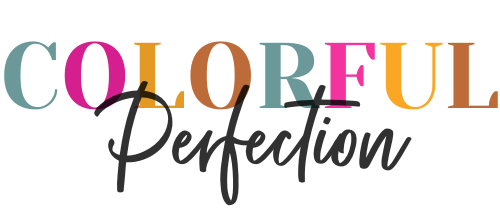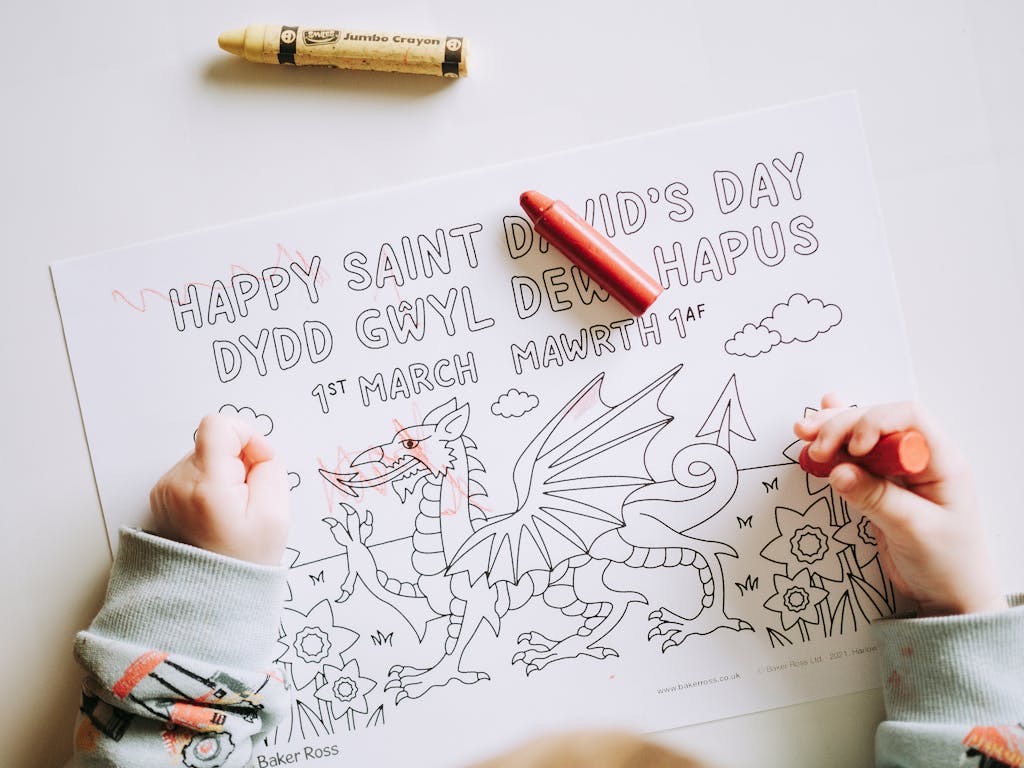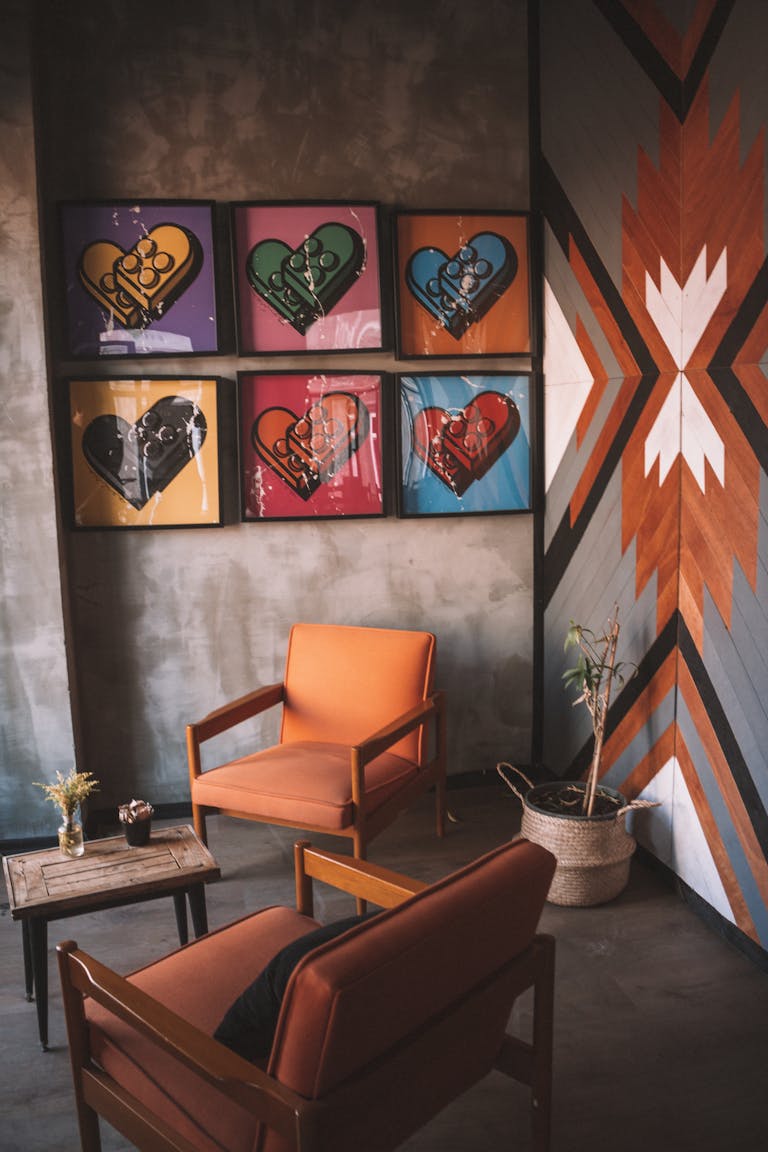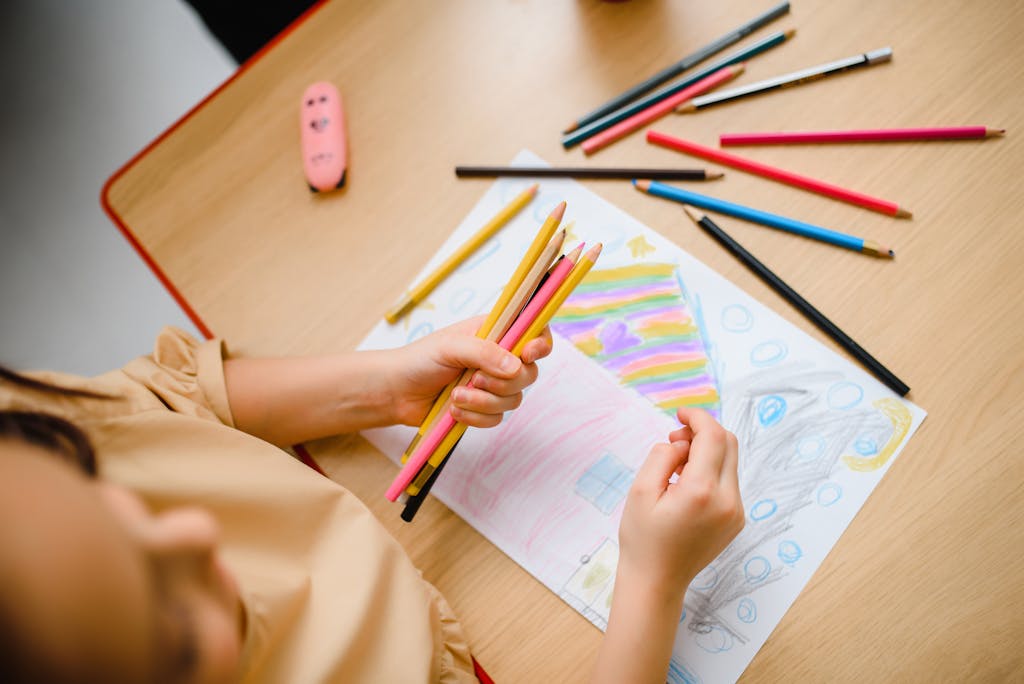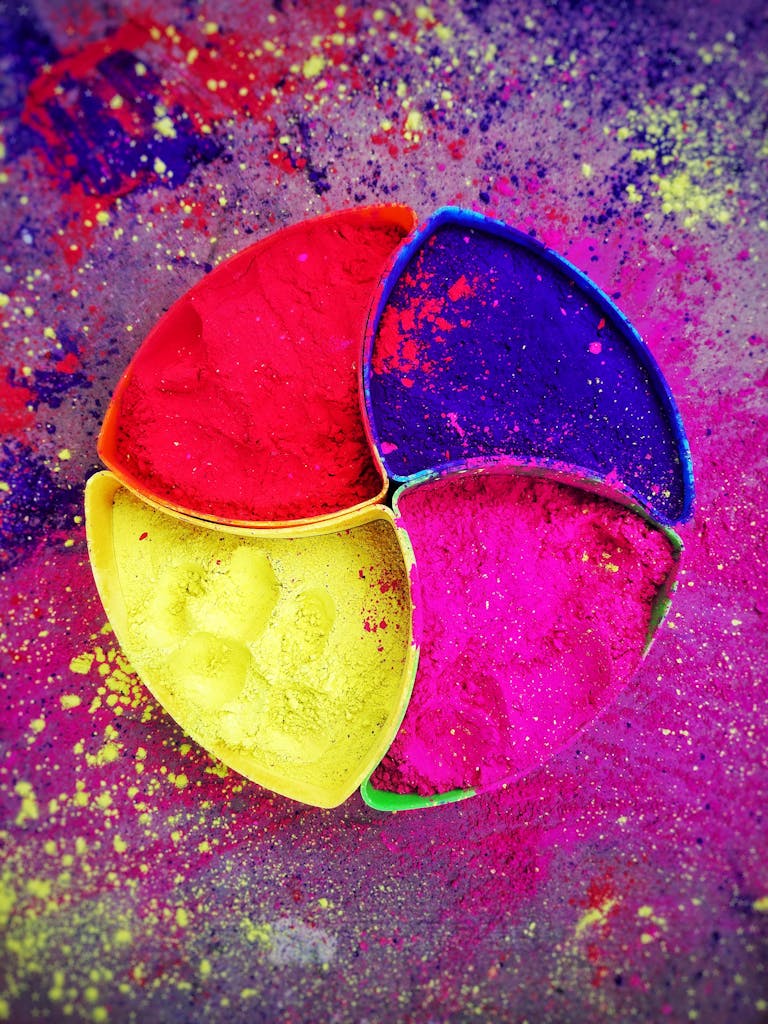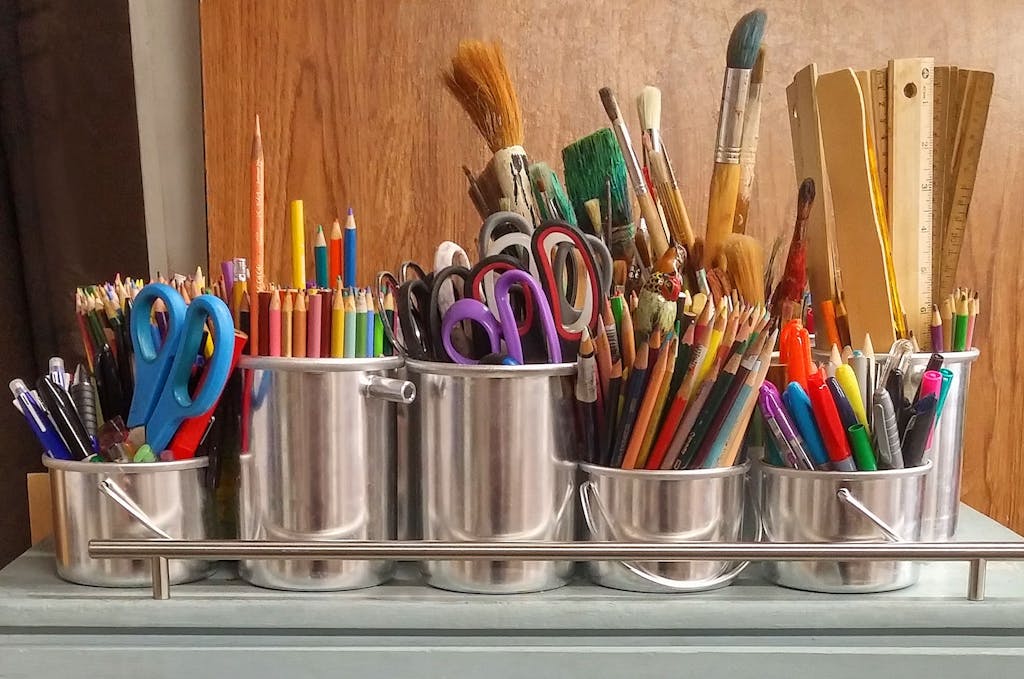A Comprehensive Guide to Develop Your Unique Coloring Style
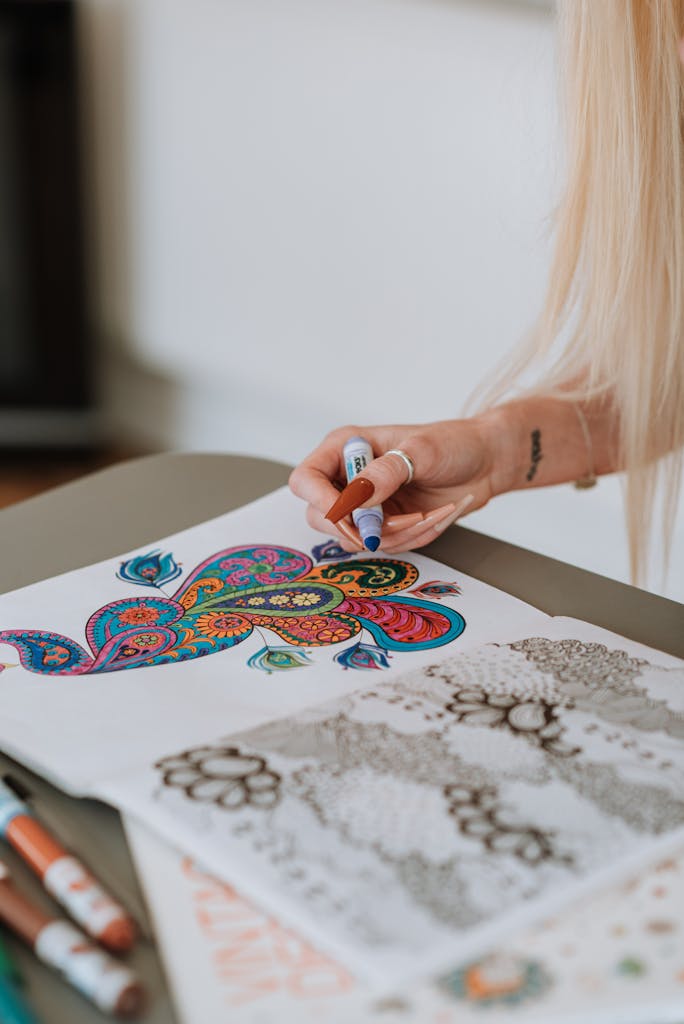
Are you passionate about coloring but struggle to find ‘your unique style’?
In this guide, we will explore some useful tips and techniques to help you develop your unique coloring style.
I’ll share some strategies on how to find your distinctive coloring style
The Basics First
It’s like building a house; you need a solid foundation first.
Whether it’s Procreate or good old colored pencils, mastering your tools should be the first step. ut
practice makes perfect. Take time to understand the medium you’re using – each one has a unique texture, blending capability, and effect.
You can even experiment with mixing mediums to create unusual textures!
Observation is Key
“That’s a beautiful sunset … But wait, check out those colors!”
learn to observe. Nature, architecture, fashion, artworks – everything around you is full of color.
Keep a notebook, jot down what attracts you.
Spotting these little beauties will ultimately reflect in your coloring style.
Experiment, Experiment, Experiment!
Experiment with new color palettes, techniques. Make mistakes, a ton of them!
Every mistake is a lesson learned. Every new try brings you closer to your unique style.
Find Your Inspirations
Remember swiping through those stunning colors in an artist’s Instagram feed, leaving you awestruck?
An inspiration doesn’t mean copying, but rather, learning and incorporating elements into your style.
Studying their work will help you achieve better understanding, new perspectives. So, follow your favorite artists, learn from them.
Practice Mindful Coloring
Mindful coloring?? Yes, it’s a thing!
Think about the emotion you want your artwork to portray.
Choose colors that evoke such emotions. Immerse yourself
reflect your thoughts your mood in your artwork.
Let your colors speak!
Understand the Color Theory
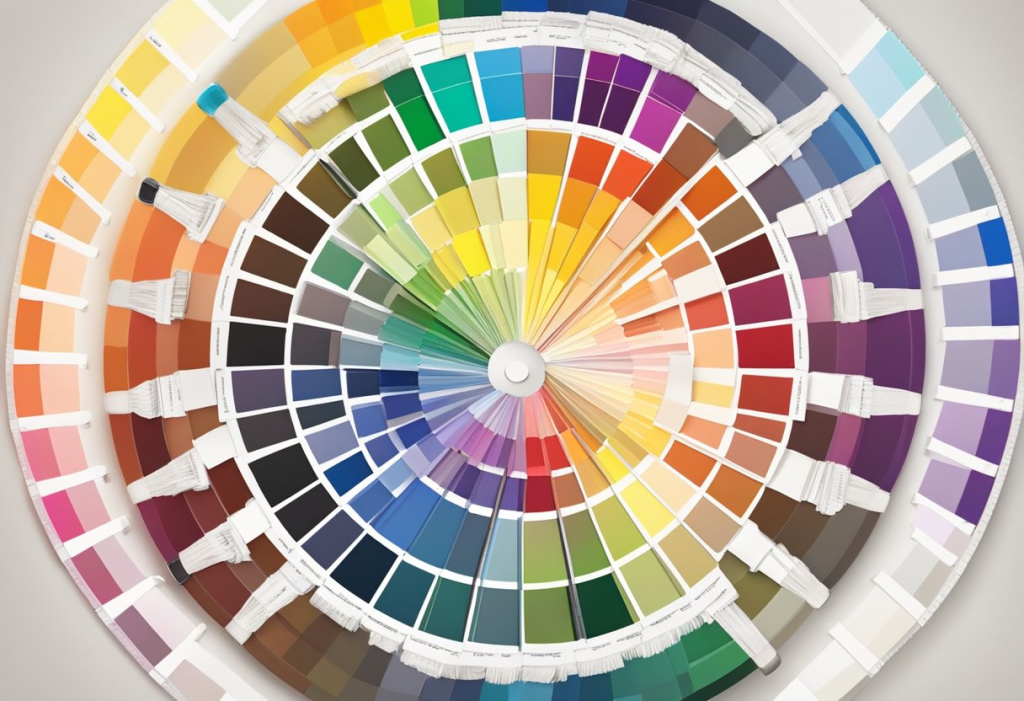
Color theory is an essential part of developing your unique coloring style.
It’s the science of understanding how colors interact and impact our perception.
By understanding color theory basics, you can create dynamic and visually appealing color schemes that enhance your artwork.
Color Wheel Basics
The color wheel is the foundation of color theory.
It’s a circular diagram that shows the relationship between colors. The primary colors are red, blue, and yellow.
These colors cannot be created by mixing other colors.
The secondary colors are green, purple, and orange.
These colors are created by mixing two primary colors.
The tertiary colors are a combination of a primary and a secondary color.
Color Harmony
Color harmony is the relationship between colors in a design. It’s essential to create a harmonious color scheme that’s pleasing to the eye.
There are different types of color harmony, such as complementary, analogous, and triadic. Complementary colors are opposite each other on the color wheel.
Analogous colors are next to each other on the color wheel. Triadic colors are evenly spaced on the color wheel.
Color Context and Perception
Color context is the way colors look when they’re placed next to other colors. The same color can look different depending on the colors around it.
Color perception is how our brains interpret light wavelengths. It’s essential to consider color context and perception when creating a color scheme.
By understanding color theory basics, you can develop a unique coloring style that showcases your creativity and enhances your artwork. Use the color wheel to choose colors that complement each other, create color harmony by choosing colors that work well together, and consider color context and perception to create a visually appealing design.
Exploring Mediums and Materials

When it comes to developing your unique coloring style, one of the most important factors to consider is the medium and materials you use.
There are a wide variety of traditional and digital tools available, each with their own unique benefits and drawbacks.
Traditional Coloring Tools
Traditional coloring tools, such as colored pencils, markers, and paints, offer a tactile and organic experience that many artists prefer.
Colored pencils are a classic choice, offering a wide range of colors and the ability to blend and layer for depth and texture.
Watercolors and acrylic paints are also popular choices, offering a more fluid and expressive medium for more advanced artists.
When selecting traditional coloring tools, it’s important to consider the quality of the materials. Higher quality pencils, markers, and paints will often produce more vibrant and consistent results.
Additionally, investing in high-quality paper can help to prevent bleeding and ensure that your colors remain true.
Digital Coloring Platforms
Digital coloring platforms, such as Adobe Photoshop and Illustrator, offer a different set of advantages and challenges.
Digital tools allow for greater precision and control, as well as the ability to easily experiment with different colors and effects. However, they can also be more difficult to master, and may require a greater investment in terms of time and money.
When exploring digital coloring platforms, it’s important to consider your own level of experience and comfort with technology. Additionally, it may be helpful to invest in a high-quality graphics tablet or stylus, which can help to replicate the tactile experience of traditional coloring tools.
Overall, exploring different mediums and materials is an essential part of developing your unique coloring style. By experimenting with different tools and techniques, you can find the combination that best suits your artistic vision and helps you achieve the results you desire.
Developing Techniques and Styles
Developing your own unique coloring style involves honing your techniques and refining your skills. Here are some tips on how to do that:
Shading and Texture
Shading and texture are important elements of any coloring page. They add depth and dimension to your artwork, making it look more realistic and visually appealing.
When coloring, pay attention to the direction of your strokes and the pressure you apply to the paper. Experiment with different shading techniques, such as cross-hatching, stippling, and blending, to create different textures and effects.
Incorporating Light and Shadow
Light and shadow play a crucial role in coloring. They can make your artwork look more three-dimensional and lifelike.
When coloring, think about where the light source is coming from and how it affects the objects in your artwork. Use lighter colors to highlight areas that are hit by the light and darker colors to shade areas that are in shadow. You can also experiment with different color schemes to create different moods and atmospheres in your artwork.
By developing your techniques and styles, you can create unique and visually stunning artwork that reflects your own personal style. With practice and dedication, you can become a skilled colorist and take your artwork to the next level.
Finding Inspiration and Developing Creativity

Studying the Masters
One way to find inspiration and develop your creativity is to study the works of the masters. Look at the work of your favorite colorists and analyze what makes their work stand out. Pay attention to their use of color, composition, and lighting. Take notes on what you like and don’t like about their work.
You can also study the work of other artists, such as painters, photographers, and graphic designers. Look for inspiration in their use of color and composition. Take note of how they use color to create mood and atmosphere.
Experimentation and Play
Another way to find inspiration and develop your creativity is through experimentation and play.
Don’t be afraid to try new things and take risks. Experiment with different color palettes, lighting, and composition.
Play around with different techniques and see what works best for you.
Try working with different mediums, such as watercolors, colored pencils, or digital tools.
Don’t be afraid to make mistakes or create something that doesn’t turn out how you expected. Sometimes the best ideas come from unexpected places.
I hope you find these tips super helpful on your coloring journey .
I can’t wait to see what you come up with! Make sure to share your thoughts, comments, or questions below.
